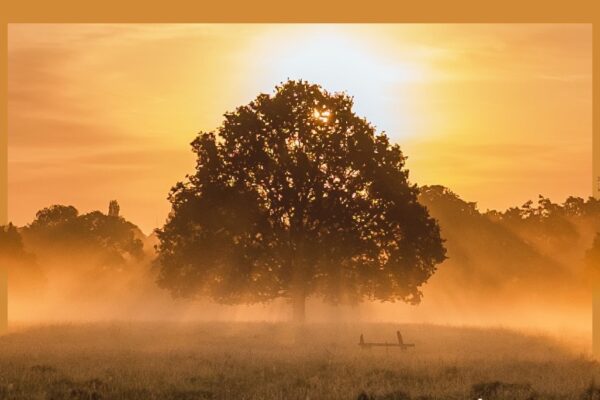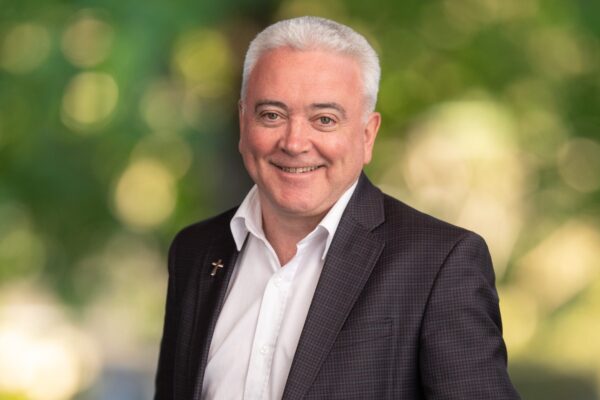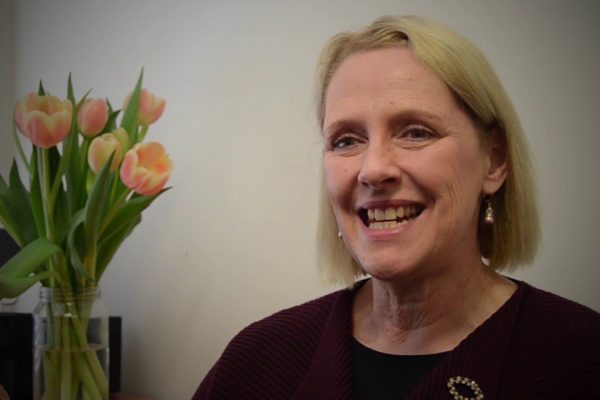The raising of Lazarus
When did you last die? When did you reach a point in your life when you felt that resignation and endurance were the only way ahead? Was it the time you lost your first love and the fear of being hurt again seemed to shape your whole future? Was it the time you experienced failure for the first time and had to reassess your academic life or career options? Was it the day you realised your partner, your parent or your child, wasn’t actually the image and likeness of the ideal you had carried around with you for so long? Perhaps it was some other time. But the human reality is that at some point, figuratively speaking, we all die. And then the options lay before us as to whether we will continue in a state of being towards death or being towards life. The same option exists for communities, churches, states and countries. We all have life and death options before us: in facing the United Nations Millennium Goals, in addressing the planets future reliance on non renewable energy resources, on our attitudes towards war and violence, on the long standing inequalities of our Aboriginal and Torres Strait Islander brothers and sisters, in our families and in relation to our own lives. We are faced with the option of living towards death or living towards life.
The Gospel of John clearly presents us with the gift of life. The miraculous story of the raising of Lazarus from the dead is given to us the week before we enter into Holy Week. John’s Gospel contains many miracles which operate on a number of levels. Scripture commentator, Paul Nuechterlein, comments, “when Jesus performed a miracle, which was the more important “miracle”: the suspending of physical laws of nature that worked a miraculous change in the physical world, or the effect which that “miracle” had in changing human hearts? Which is more significant: working a dramatic change in the course of natural events, or working a dramatic change in human hearts? Jesus wasn’t there to simply wow the crowd with a few magic tricks. He was there to invite them into a whole new orientation to life and death, a miracle of human transformation that wouldn’t be complete until his own death and resurrection.” This is true of the man born blind who came to believe in Jesus, this is true of the man whose sins were forgiven as he was instructed to pick up his mat and walk, and it is true for us as we miraculously orient our lives toward life, even in the midst of our personal and communal struggles with death. All of us are called to transformation in the Lord
And we cannot do it alone. It is in these moments that we need the voice of (an)other calling to us ‘unbind him’, ‘unbind her’, ‘come out’. Usually we need someone to help us, to lift us up and coach us back into life. Perhaps this is the meaning of the words of Jesus when he calls out at the tomb of Lazarus: “Unbind him”. Left alone we continue to remain bound up and encased in our grief. Today’s reading is given to the catechumens (those preparing to be baptised into the Church). Open your lives – let go, unbind whatever is leading you to death and come out into the light of Christ. Let the life of Christ breathe new life into you and bring you back to life!
As we move through the last week of Lent, let us find renewed energy to resist being people oriented towards death. Let us open our hearts and minds to the Lord of life, who will indeed bring us back to life! Let him unbind us and let us go free.
By Fr Brendan Reed




Comments
Add Comment